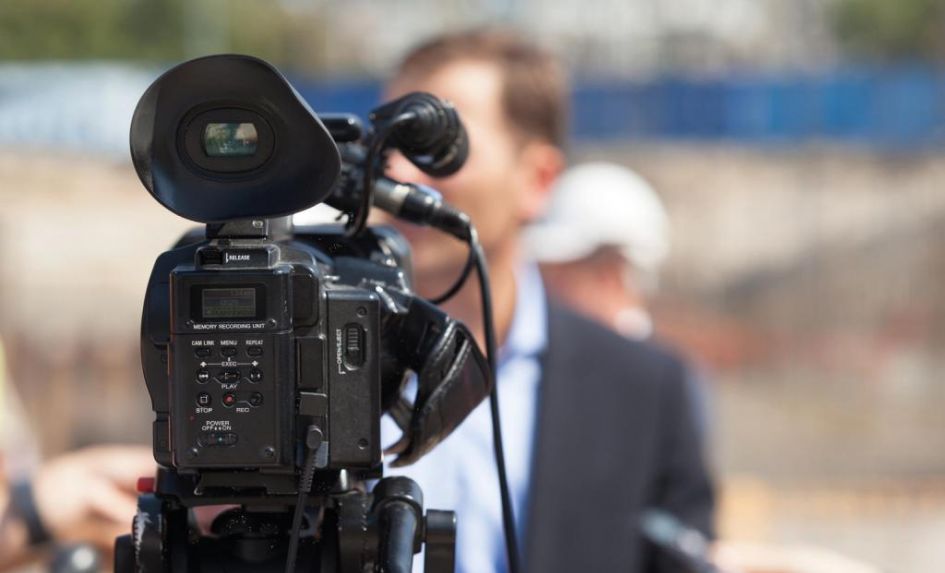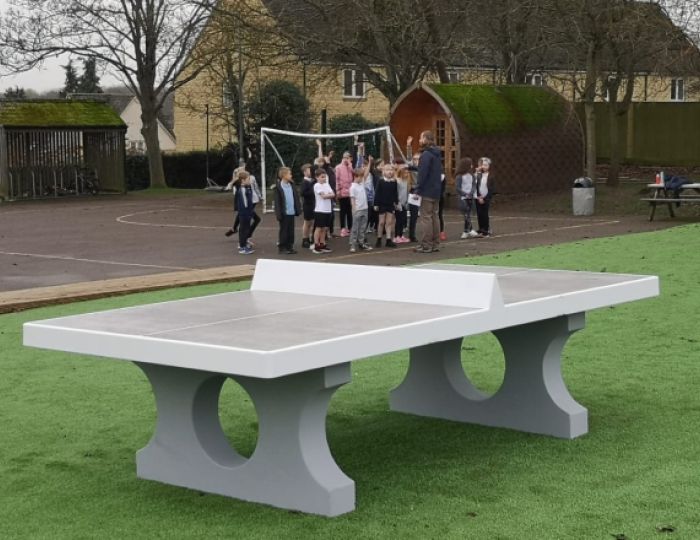Take Back Control, the slogan that gained much political traction last year, is an appropriate one for school leaders to bear in mind when they find themselves at the eye of the storm.
Catastrophes large and small can strike any school community at any time. Unexpected bad news will knock us all sideways but staff, children and families will look to the headteacher to take charge.
This will obviously be difficult when you are upset yourself but you can make it easier by preparing your own mental ‘crisis communications kit’.
The rules of response are pretty much the same whether you are dealing with a minor or major emergency and no matter whether it is of your own making or not.
They are:
- Be clear and consistent
- Stick to what you know
- Update when appropriate
- Check, check, check!
Giving your initial response in a public statement is a sensible first step, which will buy you time to investigate and/or to liaise with other parties while also fulfilling your duty of care to your distressed staff and students.
The wording must be absolutely unambiguous. Share the facts you know so far in plain English, avoiding officialese, and conveying warmth and empathy. Comment only on the areas that are the school’s responsibility. Leave the rest to other authorities, such as the police, Health and Safety Executive, or local council as appropriate.
Once you have a statement, get a trusted person such as a governor to check it. You can then share it with your school community through your usual channels and post it on your website.
For a developing situation, state when you expect to provide an update. If a tragedy has occurred, such as an accident or death in school or on a trip, there is likely to be press interest.
Reporters glean information from websites and social media in the first instance. They are then likely to email or telephone the school for further information.
This is where Taking Back Control comes in. You have been thrust into this horrible situation and you can judge the best way to respond. You don’t have to speak to any journalists; you can just refer them to your statement. However, it might be to your advantage to talk to the wider community via the press on your own terms.
In one recent example, a new head faced calls from the media following the death of a student from a meningitis-related illness. We advised her to agree to read her statement out in front of local TV cameras.
We informed the journalists that she would not answer any questions and would not address any of the medical issues, for which they should contact Public Health England.
The reporters were delighted to have footage for their bulletins while the school was able successfully to reassure parents and people in the area that it was doing all it could to support students and staff at a difficult time.
Linda Tanner is a communications consultant with Local Voice Media. She has been a regional journalist since 1977 and has been involved in school governance since 1997.










